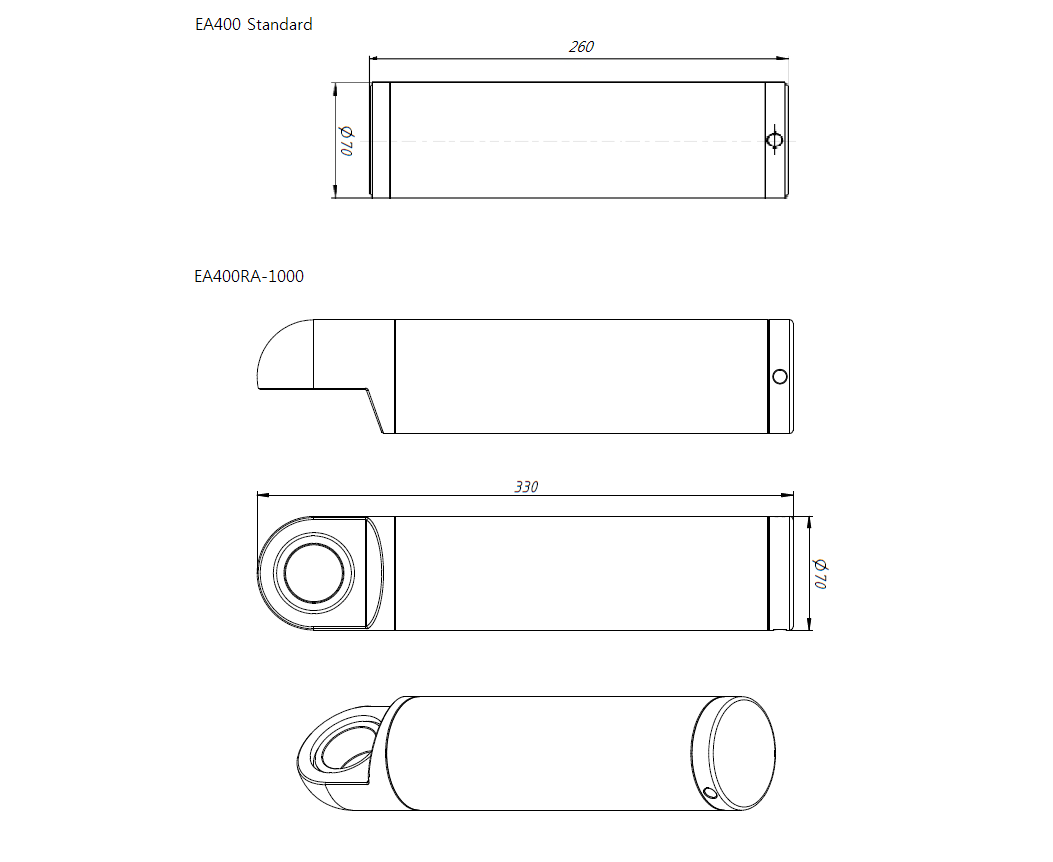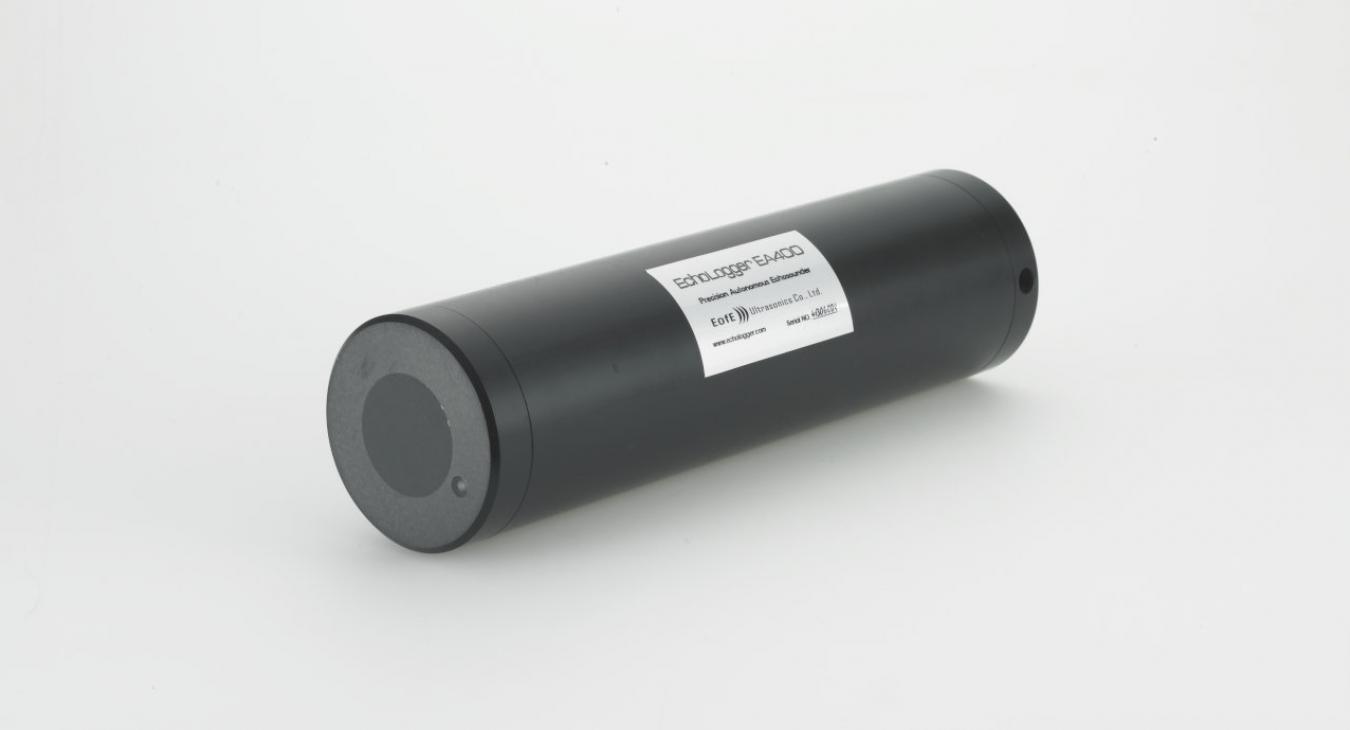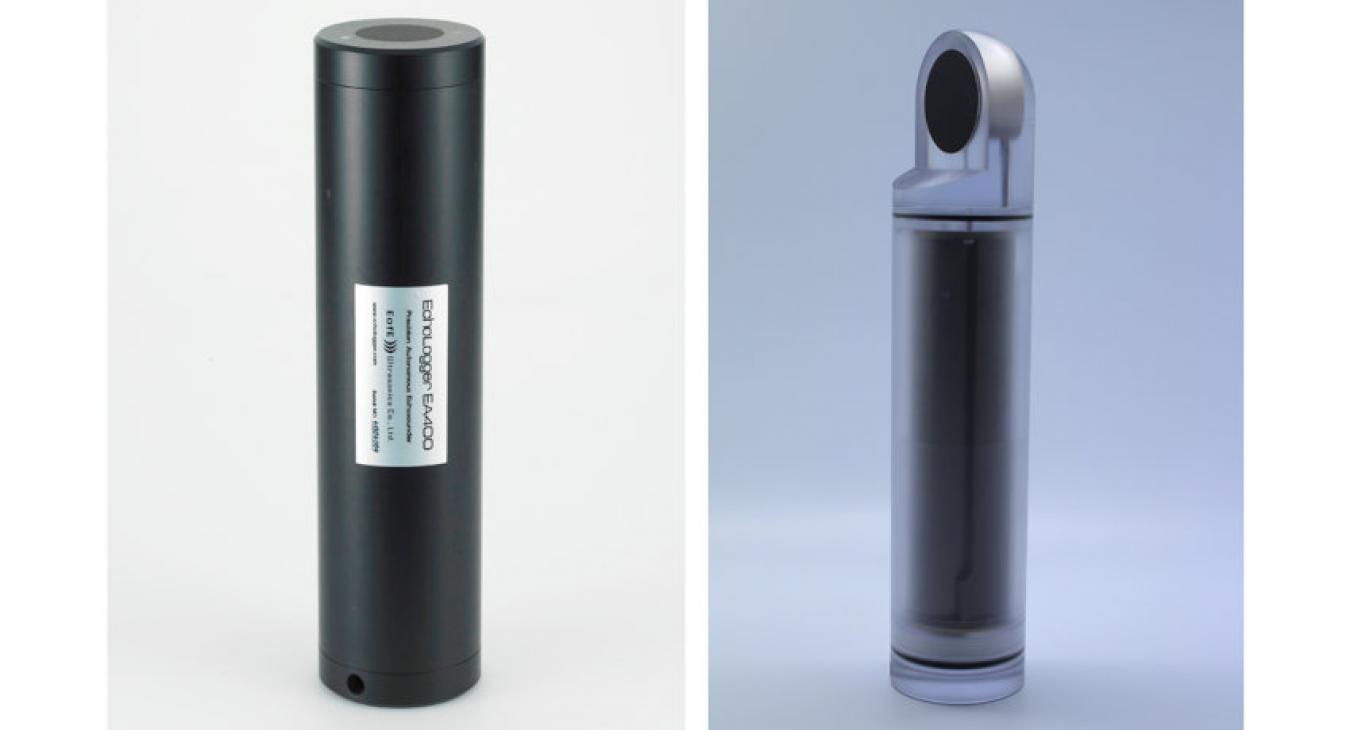Fully self-contained autonomous echosounder with backscatter data collection
We offer open-source APIs for our devices, empowering developers by simplifying integration, accelerating development, improving functionality, and enhancing compatibility. This strategic move not only boosts developer satisfaction and productivity but also strengthens our market position and drives innovation.
Echologger APIsThe Echologger EA400 stands as a unique Autonomous Echosounder, tailored for underwater applications and distinguished by its practical scientific features. Its primary strength lies in collecting precise backscatter data along the entire water column, making it an invaluable tool for scientific studies.
Operating as a fully self-contained unit, the EA400 eliminates the need for external connections, enhancing its efficiency. Powered by three D-type alkaline batteries, it boasts extended operational life for long-term monitoring, exceeding a year based on ping rates. The device facilitates quick data retrieval through high-speed SD card downloading.
Applications include sediment monitoring, offering insights into sediment dynamics, and accurate backscatter data collection for scientific studies. Supporting altitude measurement, the EA400 proves versatile in varied applications. Wireless capabilities enable real-time bottom tracking, enhancing efficiency in underwater monitoring. It excels in monitoring wave height, tide variations, and is reliable for collecting ripple formation and migration rates.
Features
- Fully self-contained Echosounder
- Backscatter data collection along full water columns
- Long Life with 3 D-type alkaline batteries
- Ideal for long-term monitoring (more than a year depending on ping rates)
- High speed downloading via the SD card
- Bluetooth Communication for real-time monitoring
- User friendly GUI software provided
- Also can be controlled via a terminal program like Hyper Terminal
- Deep sea version available (up to 1,000m)
- Unique device in the market
Applications
- Sediment Monitoring
- Accurate Backscatter Data
- Altitude Measurement
- Wireless Real-time Bottom Tracking
- Wave Height/ Tide Monitoring
- Bridge Scour Monitoring
| Acoustic Frequency | 450 KHz |
| Beam Width | 5° (-3dB) Conical Beam |
| Transmit Pulse Duration | 10 μsec to 200 μsec in 10 μsec steps |
| Ranges | 0.15 m to 100 m |
| Temperature Resolution | 0.1°C |
| Sample Rate | 100 kHz |
| Water Column Resolution | Up to 7.5 mm |
| Repetition (Ping) Rate | Up to 10 Hz |
| Range Resolution | Up to 1 mm |
| Tilt sensor | Dual-axis, Horizontal Operation : ±90° (up, down) |
| Tilt sensor | Inclination Data Accuracy : 0.1° |
| PC Interface | USB 2.0 (Bluetooth v2.1 optional) |
| Data Output Format | Binary, ASCII TXT, NMEA0183 |
| Data Storage Mdeia | Micro SD Card (up to 32GB, SDHC) |
| Downloading Media | Removable Micro SD card, USB, Bluetooth |
| Activation | Magnetic Switch or Activation Button |
| Operation Mode Indication | Dual Color LED |
| Power Supply | 3 D-type Alkaline Batteries |
| Operation Lifetime | More than 1 Year (depend on ping rates) |
| Operation Temperature | -10°C to +50°C |
| Maximum Operating Depth | 100 m and 1,000m |
| Housing Material | Acetal (100m), Polycarbonate (1,000m) |
| Dimensions | D70mm x L260mm |
| Weight | 1.5kg in Air with Batteries (0.5kg in Water) |

Invasion Note
Published: 23 June 2018
Sounding out pests: the potential of hydroacoustics as a surveillance and compliance tool in aquatic biosecurity
D. A. Abdo, R. L. Duggan & J. I. McDonald
Biological Invasions volume 20, pages3409–3416(2018)
Coastal Sediments 2015 (2015)
GRAINSIZE, COMPOSITION AND BEDFORM PATTERNS IN A FRINGING REEF SYSTEM
MICHAEL CUTTLER, RYAN LOWE, JEFF E. HANSEN, JIM FALTER and ANDREW POMEROY
Source and supply of sediment to a shoreline salient in a fringing reef environment
Michael V.W. Cuttler Jeff E. Hansen Ryan J. Lowe Julie A. Trotter Malcolm T. McCulloch
Earth Surface Processes and Landforms
Volume44, Issue2, February 2019,Pages 552-564
- Log in to post comments



